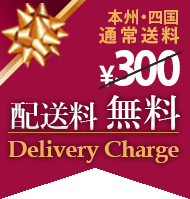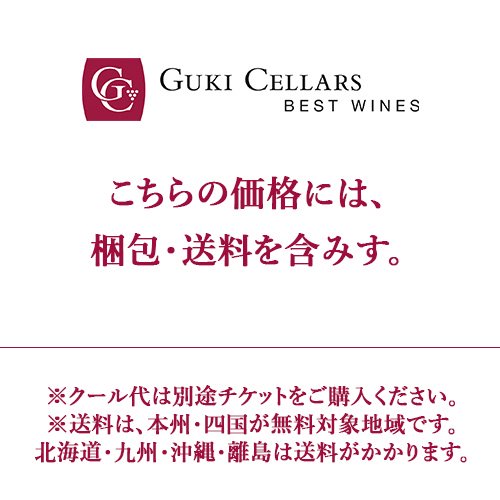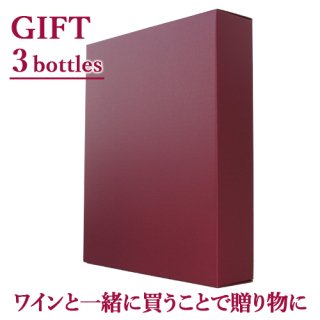Chile
-
エルキヴァレー
Elqui Valley -
リマリヴァレー
Limari Valley -
チョアパヴァレー
Choapa Valley -
アコンカグア・バレー
Aconcagua Valley -
カサブランカ・バレー
Casablanca Valley -
マイポ・バレー
Maipo Valley -
サン・アントニオ&レイダ・ヴァレー
San Antonio & Leyda Valley -
カチャポアル・ヴァレー
Cachapoal Valley -
コルチャグア・ヴァレー
Colchaga Valley -
クリコ・ヴァレー
Curico Valley -
マウレ・バレー
Maule Valley -
イタタ・バレー
Itata Valley -
ビオビオ
Bio-Bio -
マジェコ・ヴァレー
Malleco Valleys

16世紀にスペイン人征服者の到来に遡るほど、チリにはワイン造りの長い歴史があります。スペイン、おそらくペルーからも様々なスペイン系品種のブドウが持ち込まれました。それらの中にパイス種があり、その後パイスはチリの主要なブドウとして長く存続しました。しかしながら、19世紀に入るとフランス系、特にボルドー系品種が持ち込まれ、時間とともに普及が進みました。
パイス種は今日でも栽培されていますが、量生産の安価なワイン用にしか使われていません。裕福な地主たちはフランス醸造専門家やワイン生産者を雇用して、フランスのノウハウを導入しました。カベルネ・ソーヴィニヨン、メルロー、カベルネ・フラン、カルメネール、マルベック、セミヨンのようなブドウ品種がかなり広まりました。19世紀末に、フィロキセラ害虫がフランスやヨーロッパのワイン産業を壊滅した時、チリのワイン産業はさらなる後押しを受けることになりました。チリワインは害虫に影響を受けなかったので、多くのフランスワイン生産者がワインを生産しようとチリに渡りました。
今日でさえ、チリはフィロキセラ害虫の影響を受けない、世界でも数少ない地域のひとつとなっています。チリワインはヨーロッパで歓迎され、第二次世界大戦開始まで輸出と売上は伸びました。戦争で中断され、ワイン産業は立ち直らず、様々な政治的、経済的要因でさらに衰退しました。今日チリは高級ワインで有名ですが、多くの高級ワインの品質の源を1990年以前よりむしろそれ以降の時期に見出すことができることから、ワイン産業の復活は極めて最近であると言えます。
チリは北から南まで4,720 km に及んでいます。チリの国土幅は356 km から 64 km と多様で、アンデス山脈と太平洋の間に位置しています。ブドウ栽培地域はほぼ中央に位置し、およそ1,300 m 続いています。南半球に位置していますが、気候はカリフォルニアやボルドーに良く似ています。北部はやや乾燥して暑く、南部に行くにしたがってより涼しく湿度も上がります。全体的に、チリは優れた気候と優秀な品質のブドウが育つ土壌条件があると言えます。高級ワインの将来性への評価は、ワインの生産量とその品質を結果的に向上させた、より多くの投資につながります。チリは、1995年に自国のワイン産業を規制し、コキンボ、アコンカグア、セントラル・ヴァレー、サザン・リジョンの4つの主なワイン生産地域を設定しました。各生産地域にはいくつかの準地域があります。ある種のワイン造りに関わることも規制していました。その制度は、フランスのAOP制度に似ているようですが、米国のAVA制度に一致しています。地域的に栽培できる品種についての規制はありません。また、その規制は、ヴィティカルチャーやヴィニカルチャーの面とか技術面も定義していません。しかし、ヨーロッパの制度と同じように、ワインはラベルに記載されている品種を少なくとも85%は含んでいなければなりません。また、もしラベルにヴィンテージと生産地域のブドウと記載されているならば、85%はそのヴィンテージとそのブドウを含んでいなければなりません。
Chile has a long history of growing vines, dating back to the arrival of the Spanish conquerors in the 16th century. From Spain and most probably also from Peru a variety of Spanish grapes were brought into the country. Among them the Pais grape variety and which remained Chile's main grape for long. However starting with the 19th century French and in particular Bordeaux grape varieties were brought over and, over time, became more popular.
The Pais variety is still grown today but is used only for the production of cheap volume wines. Rich landowners brought in French know how by employing French oenologists and wine makers. Grape varieties like Cabernet Sauvignon, Merlot, Cabernet Franc, Carmenere, Malbec, and Semillon became quite common. When the phylloxera louse, at the end of the 19th century, devastated the French and European wine industry, the Chilean wine industry received an additional boost. As the Chilean vines were immune to the louse a number of French wine makers arrived in Chile to produce wines there.
Even today Chile remains one on the few regions of the world not affected by the phylloxera louse. Chilean wines were well received in Europe and exports and sales expanded until the beginning of the 2nd World War. Interrupted by the war the industry never recovered and even went into a decline for various political and economic reasons. It can be said that its revival is quite recent as most of the quality wines for which Chile is known today can trace the origin of their quality to the period after 1990 rather than before.
Chile stretches for 4720 Km from north to south. Its width varies between 356 and 64 km. It is located between the Andes mountain ranges and the sea. The vine growing area is located about midway and stretches for about 1300 km. Although located in the Northern Hemisphere the climate is similar to the one of California and Bordeaux. Rather dry and hot in the north it becomes cooler and wetter towards the south. All in all it can be said that Chile offers excellent climatic and soil conditions to grow vines of excellent quality. The recognition of the potential for excellent quality wines lead to greater investments which in turn increased the quantity and quality of the wines produced.
Chile regulated its wine industry in 1995 establishing four major wine regions; Coquimbo, Aconcagua, Central Valley and the Southern Region. Each region has several sub-regions. It also regulated certain other wine making aspects. The regulations, while appearing similar to the French AOP system are, however, more in line with the AVA system in the USA. There are no restrictions on the varieties wich can be grown regionally, nor do the regulations define any viticultural and vinicultural aspects or techniques. However, similar to the European system a wine must contain at least 85 % of the varietal stated on the label and 85 % of the vintage and the region's grapes if so mentioned on the label.
-
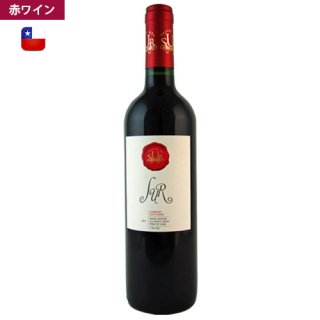
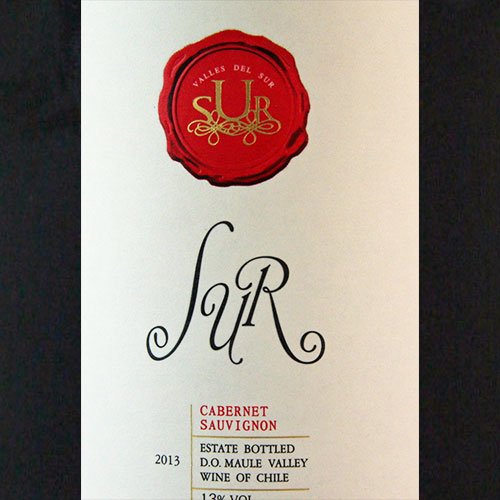
00275-12 2013 ヴァリェス・デル・ス−ル・カベルネ
Valles del Sur Cabernet Sauvignon
送料無料 (本州・四国)1,781円(内税) -
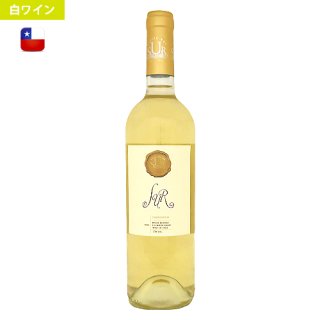
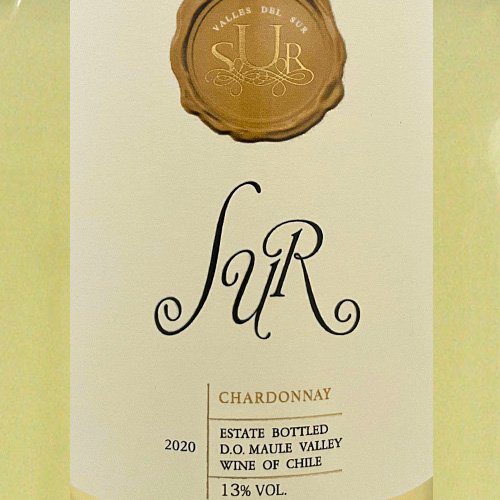
00274-20 2020
ヴァリェス・デル・スール・シャルドネ
Valles del Sur Chardonnay
送料無料 (本州・四国)1,781円(内税)

